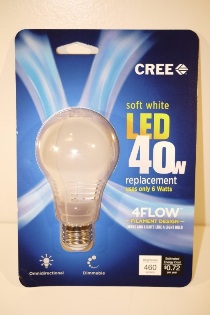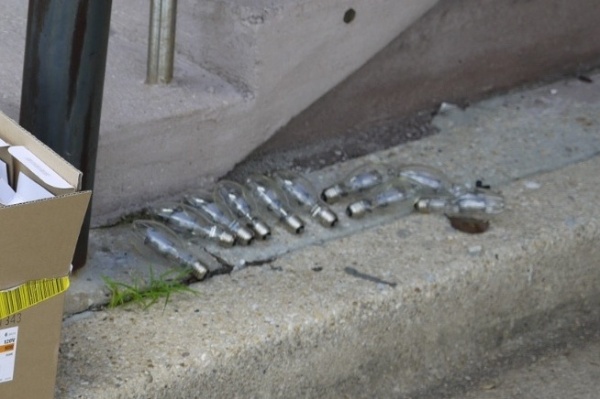Yeah, we’ve all heard “the Tesla of _____” get tossed out. It’s usually hype, all hype. You know what? A scooter startup might actually resemble Tesla more, and not how most people would expect. Bear with me now.
Gogoro kept mum ’til CES. No one let on what was in progress, except to say energy. They raised $150 million in seed money somehow- way more than Rimac Motors of course, and into aerospace territory. Also, the founders are from Taiwan tech firm HTC (of phone fame); backer #1 is HTC’s Cher Wang. This is like Tesla’s Elon Musk coming from Paypal. So, some new kind of charger maybe? Boy, were we wrong; Gogoro revealed they are, at first glance, a scooter company, yet not- they happen to have a scooter, and something else in progress.
Sure, other people are building electric scooters, not the least of which is BMW- that’s right, the ultimate scootering machines. Gogoro’s ride is suitably phone-like; it has sleek, hard lines more like bizzaro furniture, and LEDs shimmering front and back. No, Gogoro’s trick is not some vehicle, but a platform, and not for your boots. Gogoro battery modules pull out of the chassis, and slot back to recharge in public kiosks. Kiosks that will rent batteries to Gogoro riders, plus other customers they don’t say yet. Who else do Gogoro plan on attracting? Let’s speculate:
-The original scooter riders
-Other electric 2-wheelers
-Electric cars
-Other consumer electronics: Lawn care
-Other consumer electronics: Home hubs
-Grid backups and grid substitutes Continue reading

 And another CES is in the books. The 2015 Consumer Electronics Show was big as usual, but if I had to sum it up, two categories would be “wearables” and “rideables.” Watches and other small-gadget-with-transceivers-and-app were of course everywhere. Less usual this year: smart transport on display, not just smart accessories. At the Convention Center:
And another CES is in the books. The 2015 Consumer Electronics Show was big as usual, but if I had to sum it up, two categories would be “wearables” and “rideables.” Watches and other small-gadget-with-transceivers-and-app were of course everywhere. Less usual this year: smart transport on display, not just smart accessories. At the Convention Center: Again, welcome to 2015. And a happy 2015 it is, at least in energy. Not only have LED lamps fallen in price drastically from just a few years ago, but they continue to improve, in multiple respects. Cree, one of the bigger names in LEDs, didn’t just release their groundbreaking lamp about a year ago. They’re now on their generation-2 product, and yes, competition has improved the breed.
Again, welcome to 2015. And a happy 2015 it is, at least in energy. Not only have LED lamps fallen in price drastically from just a few years ago, but they continue to improve, in multiple respects. Cree, one of the bigger names in LEDs, didn’t just release their groundbreaking lamp about a year ago. They’re now on their generation-2 product, and yes, competition has improved the breed.


 Sometimes, the ducks just line up.
Sometimes, the ducks just line up.
You must be logged in to post a comment.